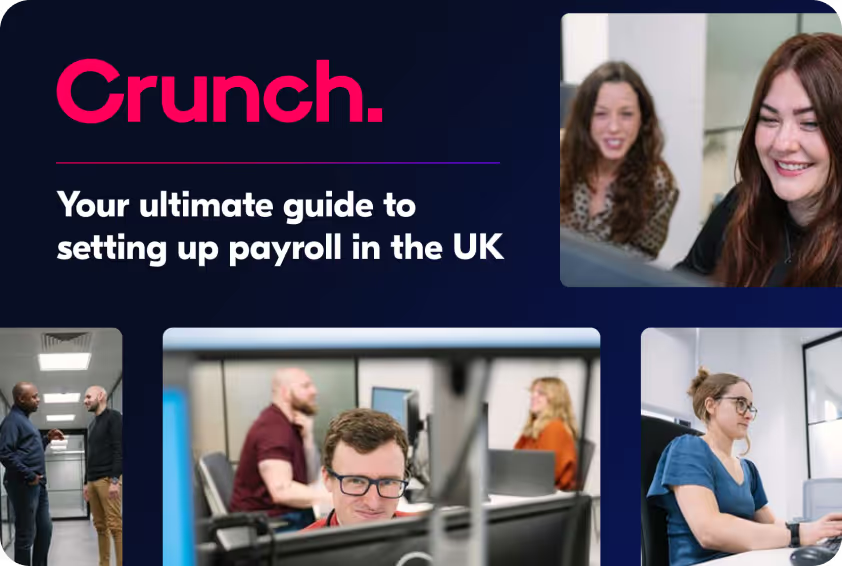The numerous laws and regulations that landlords need to know and abide by, and these regulations are constantly changing. This can quickly become overwhelming, especially for new landlords.
That’s why in this new landlord checklist, we detail 12 essential steps that landlords need to consider in order to successfully and legally let out their property.
1. Ensure you have the necessary licenses
If your property is classified as an HMO (house of multiple occupations) you will need to obtain the relevant HMO license. An HMO is a property that is rented to five or more people that are not from one household. You will need to ensure the property is fit for habitation with this number of people with the required amenities.
2. Get an EPC inspection
As of April 2020, all buy to let properties must have a valid energy performance certificate with an EPC rating of an E or above. You cannot let your property out with a valid EPC. Recent consultation documents have suggested this minimum energy efficiency standard will be raised to a band C by as early as 2025.
3. Gas Safety
Landlords need to arrange for a Gas Safe registered engineer to conduct a gas safety inspection every year and any defects that are highlighted from this inspection must be promptly remedied. You should also supply your tenants with a copy of the gas safety certificate.
4. Electrical Safety
Landlords need to arrange for an electrical safety inspection of the property every five years. Any work that needs to be carried out must be done so within 28 days of the inspection. On top of this, all of the electrical appliances in the house should be PAT tested every year.
5. Fire Safety and Carbon Monoxide
Landlords must follow fire safety regulation guidelines. This means providing working fire alarms on each floor of the building, all furnishings provided must be fire-resistant, and there must be clear access to any fire escape routes. There are additional requirements for HMO properties such as the requirement to provide fire extinguishers.
Additionally, carbon monoxide detectors should be fitted in any room containing a solid fuel-burning appliance.
6. Get a Landlord Insurance Policy
While not a legal requirement you will want to get a landlord insurance policy to ensure your property is protected. Many mortgage providers will also require this before allowing you to let your property.
7. Market your Property
You can market your property on various sites such as Facebook Marketplace and Zoopla. Make sure to write a quality description paired with great photographs. You also need to be aware of the Equality Act 2010 which stipulates that you must not discriminate against any of the protected characteristics, including disability, race, religion or belief, pregnancy or maternity, gender, and sexual orientation.
8. Check your applicants right to rent
It is the landlord’s responsibility to check that their applicants have the right to rent in the UK. In order to avoid discriminating you should check every single applicant’s right to rent before moving forward.
9. Create your tenancy agreement
A quality tenancy agreement is essential. You can create one via online legal sites like rocket lawyer, employ an attorney, or use the model agreement for a shorthold assured tenancy from the UK government website.
10. Collect your tenant’s deposit
It is recommended that you collect a security deposit from your tenants before they move in. If you do so you must store it in a government-approved tenancy deposit scheme. You must inform your tenants of which one of the following you selected:
Deposits are capped at five weeks rent for an annual lease of less than £50,000, and six weeks rent for leases above £50,000.
11. Share the “How to Rent Guide”
You are required to share the government “How To Rent Guide” with your tenants when they move in.
12. Inspect and prepare the property
Before the tenant moves in make sure to inspect the property and take a thorough inventory. You should record and take photographs of any and all damages and this inventory should be checked and signed by both parties. A second inventory should be taken upon move-out and will act as proof for any damages caused by the tenant during their stay. Not doing this will result in you being unable to deduct costs for repairs from the deposit.
Final words
Running a successful buy to let takes a lot of work and can become overwhelming, especially as many of the rules are constantly changing. For example, the recent EPC and section 24 regulation changes and the upcoming MTD changes. Thankfully, there are numerous free online resources and plenty of professional tools available on the market to make managing your buy to let easier.
Landlord Studio, for example, is a cloud-based property management tool designed to help make the day to day management of your investment properties easier than ever. Easily digitise receipts at the point of sale, connect your bank accounts for fast error-free income and expense tracking, and instantly generate professional accountant reports to gain nuanced insights into your portfolio’s performance.

.svg)



.webp)












